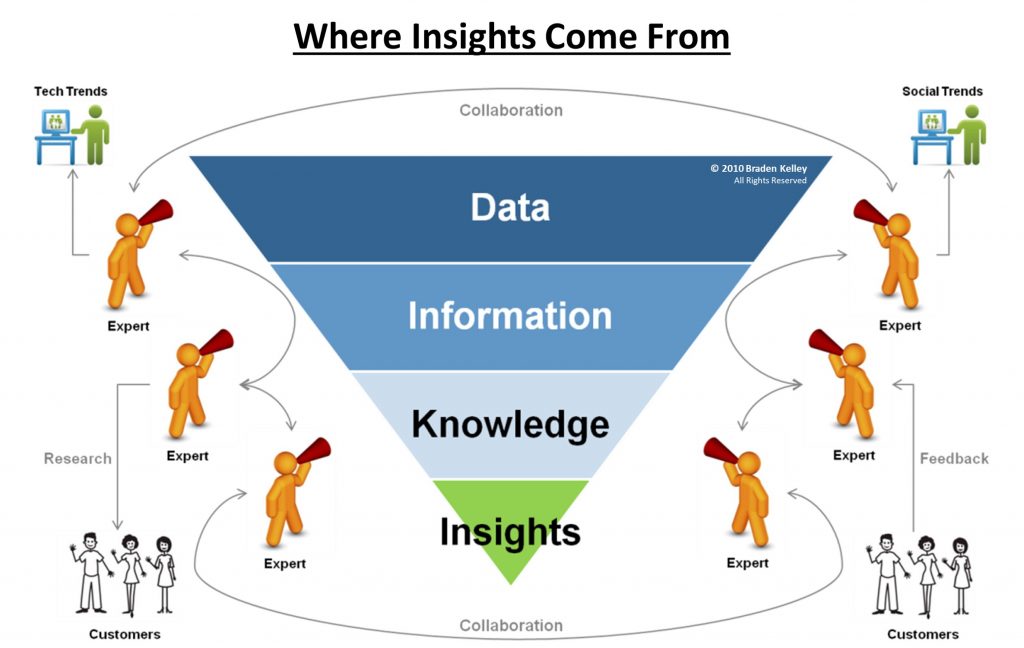
GUEST POST from Greg Satell
In Who Says Elephants Can’t Dance, the bestselling memoir of the his historic turnaround at IBM, Lou Gerstner wrote, “I came to see, in my time at IBM, culture isn’t just one aspect of the game—It is the game. In the end, an organization is nothing more than the collective capacity of its people to create value.”
There has been endless discussion about whether change should be driven from the top-down or the bottom-up, but that is, for the most part, a red herring. True transformation tends to move side-to-side, driven through horizontal connections among peers. The best way to create change in an organization is to empower it.
That’s why the data giant Experian invested years networking its organization and found that it paid off when it mattered most. While traditional hierarchies waste valuable time and effort pushing orders down the chain of command, networked organizations can adapt to changing market conditions with far more agility. Transformation begins with a networked culture.
An Innovation Culture Is A Collaborative Culture
One of the most common questions I get asked by senior managers is “How can we find more innovative people?” I know the type they have in mind. Someone energetic and dynamic, full of ideas and able to present them powerfully. It seems like everybody these days is looking for an early version of Steve Jobs. Yet the truth is that an innovative culture is a collaborative culture.
When Justin Hastings arrived at Experian North America as Chief Human Resources Officer, he saw it as his job to support and empower the culture. “Essentially, we run a talent business,” he told me. “My job is to not only supply, maintain and retain that talent, but to make sure those people are are motivated and see real meaning and value in their work.”
“Culture is front and center, just incredibly important to us,” he continued. “It’s the enabler of business performance. Our company is all about driving the innovation that drives value for customers. A big part of what makes that possible is that we work hard to make everybody here feel included, that the company’s success is their success.”
However, Hastings warns that building a culture takes a lot more than just some pleasant platitudes in an employee handbook, nice speeches by the CEO and company events. “You can’t just build a culture from the top down. To be authentic, you have to build your culture organically, through informal networks,” he explains.
The Strength of Weak Ties and Boundary Spanners
In the early 1970s, sociologist Mark Granovetter began researching how professional, technical and managerial workers found jobs in the Boston area. He was somewhat surprised to find that they often found work someone they knew, but not a close contact, like a friend or family member, but someone more removed, like a friend of a friend or a distant cousin. He called this principle the ‘Strength of Weak Ties’.
Further analysis shows why it works. Those who are closest to us know pretty much the same things we do, because they frequent similar places and do similar things. So if we want to gain access to new information, we need to broaden our scope and connect with people further out on the social spectrum.
Hastings noticed this principle at work in Experian’s volunteer efforts. For example, many employees participate in its “Le Tour de Experian” bike rides to benefit charity. They do it to do some good and have some fun, but Hastings saw that the bike riders were also building strong bonds across organizational boundaries and these bonds were resulting in professional collaborations that created value for Experian and its customers.
Network scientists call people like the collaborating bike riders boundary spanners, because although they form strong bonds with each other, they essentially play the role of “weak ties” in Granovetter’s research. They perform a crucial function by linking disparate parts of the organization and helping knowledge and information to circulate.
Hastings figured that he could accelerate the formation of boundary spanners throughout Experian by giving employees the opportunity to organize around things they care about. Experian clubs, like the biking group, are focused on interests, while Employee Resource Groups focus on identity, like Latino heritage, gay pride or military service.
Using Networks To Empower Transformation
When Barry Libenson first arrived at Experian as Global CIO in 2015, he devoted the first few months to getting a sense what its customers wanted. It quickly became clear that what they coveted most was real-time access to data. If he could provide that by shifting Experian’s technology infrastructure to the cloud, it could be an enormous opportunity.
Yet it could also be an enormous problem. “There was a lot of concern that we were going to disrupt our own business and that we would lose control of our data,” Libenson told me. “For years, Experian’s business model had been based on a traditional architecture. There were also security concerns.” To make matters worse, research by McKinsey indicates that roughly 75% of transformational initiatives fail.
So instead of trying to force change through, Libenson sought to empower it. Much like Hastings did with Clubs and Employees Resource Groups, he identified people within the organization that were already enthusiastic about the shift to cloud technology and made sure they were trained to implement it. Those early apostles could then help convert others.
Libenson also saw how Experian’s networked culture helped smooth the way. “Digital transformation is somewhat of a misnomer. You’re not really transforming the technology, but more importantly, the people who use it. Having a networked culture means that you can spread enthusiasm about transformation—as well as the expertise to implement it—much faster and with far less resistance than you could otherwise,” he says.
The Journey Continues
As I explain in Cascades, all too often an initial success gives way to inertia, backsliding and eventually, failure. The truth is, it’s not enough to just drive change, you also need to learn how to survive victory. You do that by focusing on culture and values, rather than on any one particular objective, so that you are constantly preparing for the next challenge.
These days, Experian is highly focused on leveraging artificial intelligence which, much like the shift to the cloud, is both a great opportunity and a potential problem. AI has the potential to vastly improve things like credit scores, but the algorithms can’t be a “black box.” To be effective, they must be auditable and explainable.
Experian’s Datalabs unit is hard at work creating more transparent AI algorithms, and making progress, but the technology will only be valuable if Datalabs scientists can work effectively with professionals from other divisions of the company. So Eric Haller, who leads Datalabs, set up a series of seminars to connect with the rest of the company.
“To implement this technology requires a certain amount of sophistication that is relatively rare,” he told me. “So not only were we putting information out there, through the connections we made we were also able to identify expertise throughout our company we were not aware of. Those new relationships have already opened up new possibilities for collaboration.”
What’s interesting and salient about how the network culture was built at Experian is how it all seems so mundane. Many firms have clubs, employee groups and volunteer efforts. Seminars aren’t particularly unusual, either. Yet it’s not any one program or platform, but how those initiatives are optimized to widen and deepen informal bonds across the organization, that makes the difference.
The truth is that, today, competitiveness is no longer determined by the sum of all efficiencies within a business, but the sum of all connections.
— Article courtesy of the Digital Tonto blog and previously appeared on Inc.com
— Image credit: Unsplash
![]() Sign up here to join 17,000+ leaders getting Human-Centered Change & Innovation Weekly delivered to their inbox every week.
Sign up here to join 17,000+ leaders getting Human-Centered Change & Innovation Weekly delivered to their inbox every week.



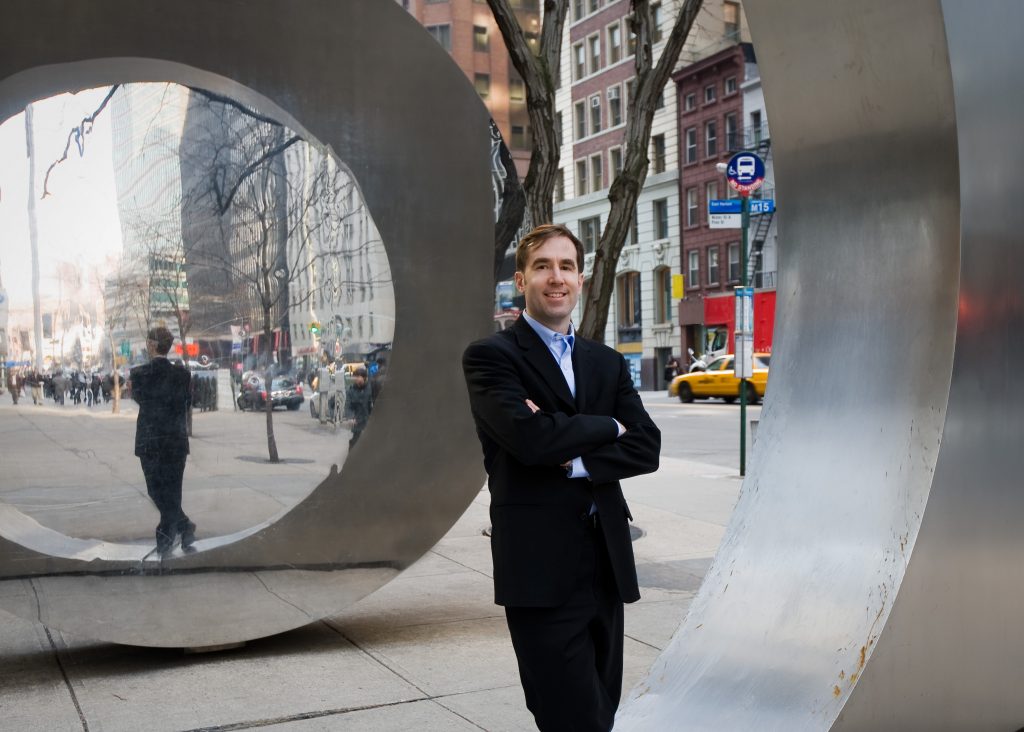

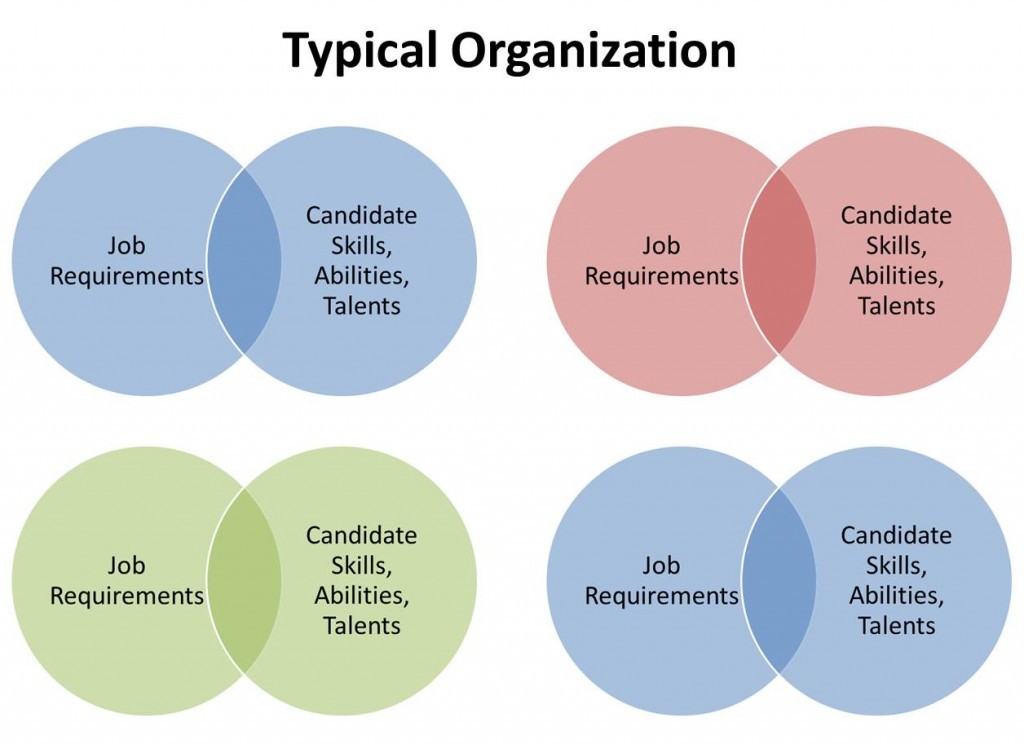
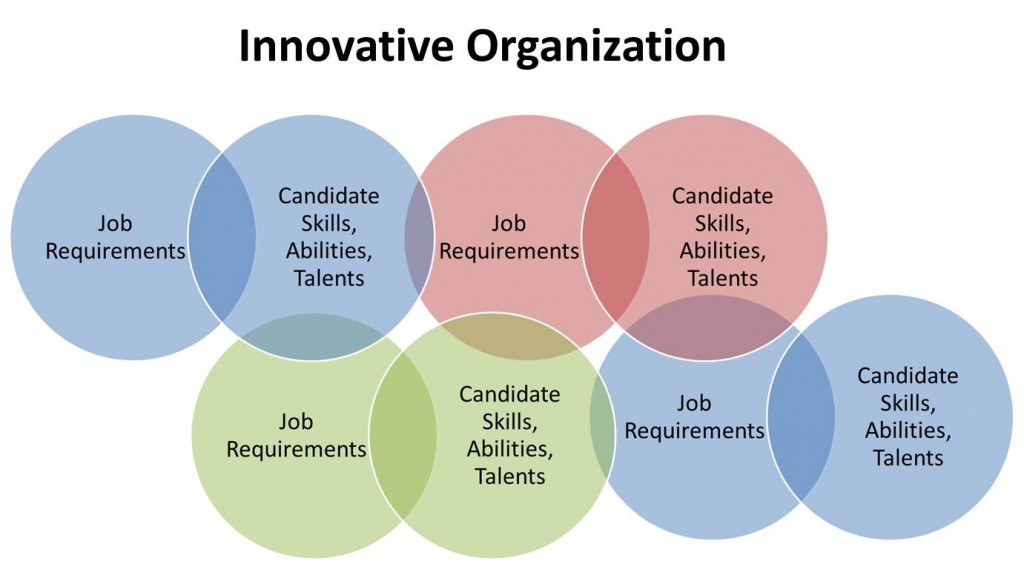

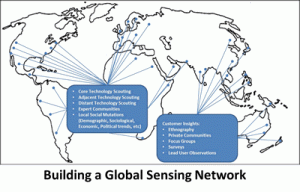

 I’ve been thinking a lot lately about personal branding, in part because I’m about to begin a new
I’ve been thinking a lot lately about personal branding, in part because I’m about to begin a new 

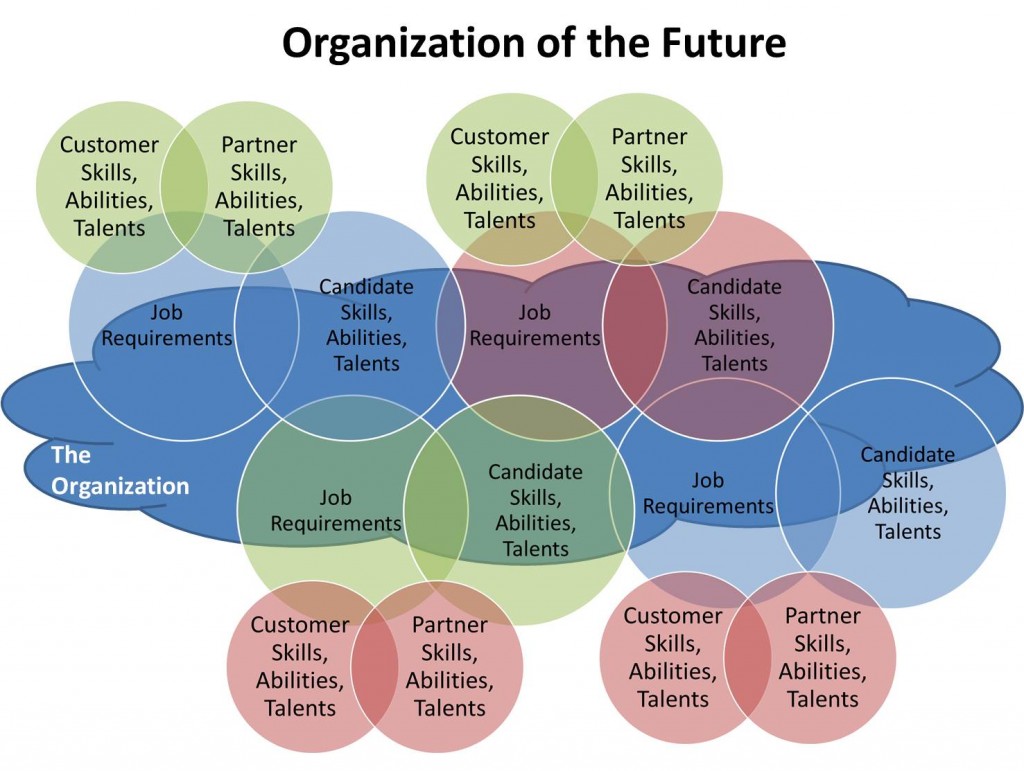

 Okay, I admit it, I came across the History Channel’s series
Okay, I admit it, I came across the History Channel’s series  It is my contention that the pace of innovation accelerates when the speed of knowledge sharing accelerates, that knowledge acceleration leads to innovation acceleration. As we have developed more efficient ways of accelerating the pace of knowledge sharing, our pace of innovation has sped up.
It is my contention that the pace of innovation accelerates when the speed of knowledge sharing accelerates, that knowledge acceleration leads to innovation acceleration. As we have developed more efficient ways of accelerating the pace of knowledge sharing, our pace of innovation has sped up.